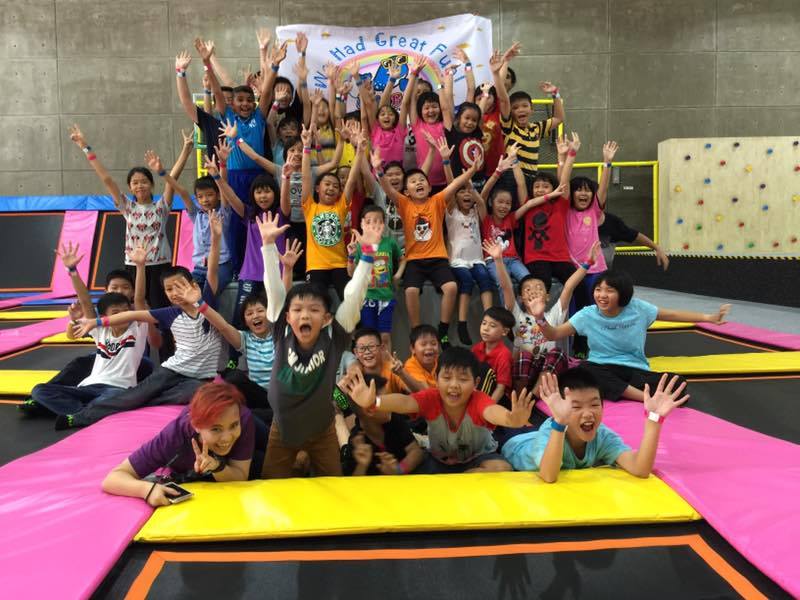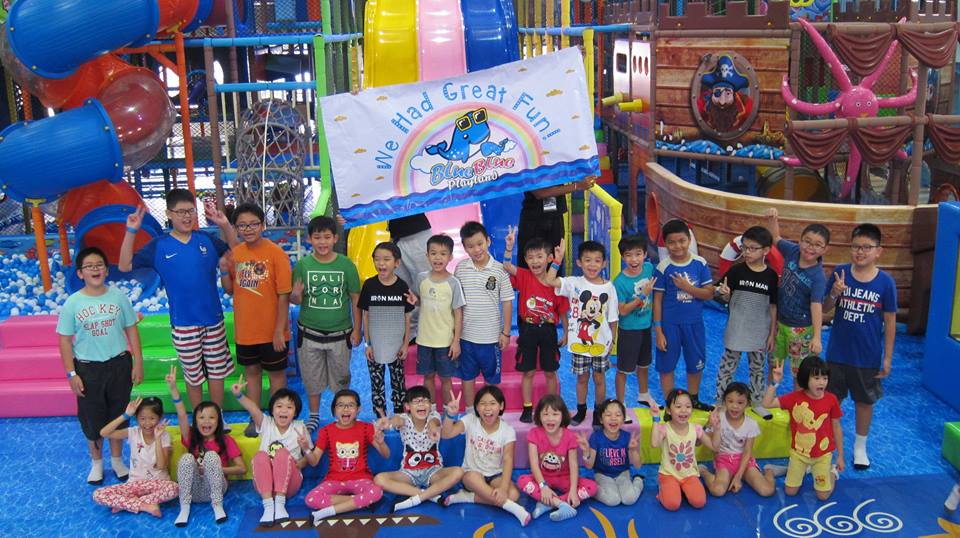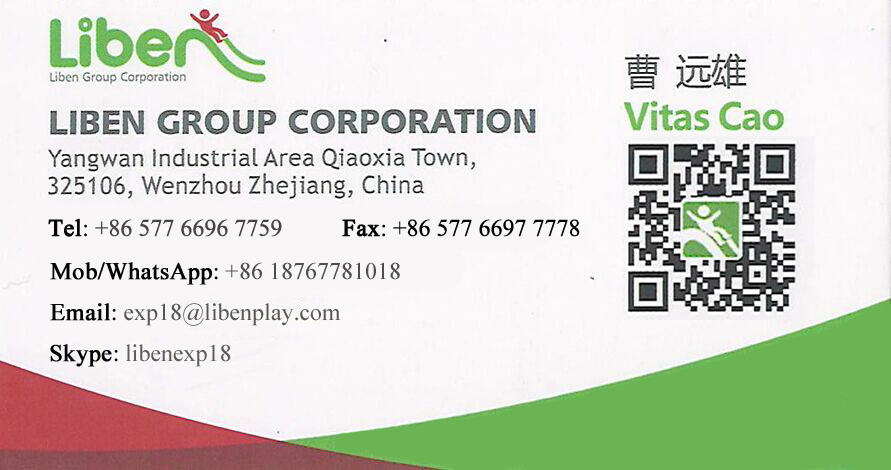146. What are the printing failures caused by ink drying too quickly?
A: The use of quick-drying inks is prone to blocking and overprinting. The reason is that there are too many desiccants in the ink, or there are more low-boiling volatile solvents in the ink. The solution is to add some desiccant to the ink, or a small amount of castor oil, Vaseline, or switch to a new ink.
147. What is the dry process superimposition? Why is it easy to overprint?
A: When two or more colors are printed, a new layer of ink called overprint is printed on the previously printed ink layer. Multi-color printing with a monochrome screen printer is often an overprint on a dried ink layer. This type of overprinting is called dry-overprinting. If the ink to be printed first is dried for a long time, some of the components of the ink, such as wax, will slowly migrate to the surface of the ink layer during the drying process, ie, the vitrification of the ink film will occur, resulting in the rejection of later ink. Structure, resulting in faulty overprint.
148. What is wet overprint? What should we pay attention to in the wet process?
A: In multi-color printing, the ink of the next color can be overprinted on the ink layer, which is called wet-overprinting. Wet overprinting should do the following:
1) Use special ink for multi-color machine;
2) Pay attention to the arrangement of color sequence in multi-color printing, and reduce the viscosity of the ink one by one according to the printing sequence;
3) Reduce the color intensity of overprinted one-color inks and increase ink volume;
4) Use gelling agent ink;
5) If the color intensity of each color ink is not balanced, it is easy to cause a full-colored ink, and the phenomenon of thin ink after printing, then ink should be printed with less ink first, and the color intensity of the ink after printing should be reduced to increase its color intensity. Dosage.
149. What kinds of resins are commonly used in plastic printing materials?
A: Plastic substrates are mostly made of resin. Commonly used resins include polyethylene (PE), polypropylene (PP), polyvinyl chloride (PVC), polystyrene (PS), acrylonitrile, butadiene-benzene. ABS, PA, PC, PET, PMMA, PU, ​​etc.
150. How to classify polyethylene (PE) resin?
A: According to different polymerization methods, polyethylene (PE) resin can be divided into high pressure, medium pressure, low pressure 3; according to the density can be divided into low density polyethylene (LDPE), linear low density polyethylene (LLPE), medium density Polyethylene (MDPE) and High Density Polyethylene (HDPE).
151. What are the main properties of low-density polyethylene?
A: Low-density polyethylene is commonly referred to as high-pressure polyethylene, abbreviation code LDPE. It is a milky white, odorless, odorless, non-toxic, matte waxy particle with a density of 0.916 to 0.930. It is the lightest type of polyethylene resin. Low crystallinity (55%~65%); Good flexibility, extensibility, electrical insulation, transparency, easy processing and certain permeability, good chemical stability, acid and alkali resistance, general resistance Organic solvents; good cold resistance, can be stable in -70 ~ 80 °C environment. However, mechanical strength, temperature penetration and aging resistance are poor.
152. What are the main uses of low density polyethylene?
A: Low-density polyethylene can be made into films, sheets, tubes, plates and hollow molded products of different specifications through injection, extrusion, blow molding and blow molding. It is a common substrate for screen printing. Can also be used to make large reservoirs. It can also be used for surface spraying. If blended with other resins, it can also improve the performance of other resins. For example, blending with nylon can improve the water absorption of nylon.
153. What are the physical characteristics of linear low density polyethylene?
A: Linear low density polyethylene abbreviation LLDPE, structural formula [-CH2-CH2-], density 0.917 ~ 0.935, high melting temperature, good thermal stability, rigidity and yield strength, crack resistance, resistance Creep, low temperature impact resistance, puncture resistance and tear resistance, excellent ductility, toughness, processability, good breathability and gloss, soft product, good hand feeling, excellent UV aging stability, hardness And high wear resistance, heat sealability, hot sticky.
154. What are the characteristics of high-density polyethylene?
A: High-density polyethylene is commonly known as low-pressure polyethylene, abbreviation code HDPE, structural formula [-C2H4-]n. Density 0.942 to 0.950, odorless, odorless, non-toxic white powder or semi-circular particles. The melting point is about 131 °C, with good heat resistance and cold resistance. Softening point 120 ~ 150 °C, embrittlement temperature -70 °C, the use of temperature up to 100 °C. It is almost insoluble in any organic solvent at room temperature. The weaknesses are that they are heated in the air or subjected to aging by sunlight, are flammable, and have poor flexibility.
155. What are the chemical characteristics of polyethylene (PE)?
A: With a certain degree of water resistance, the dielectric and physical properties are stable under high temperature and water immersion conditions. Concentrated sulphuric acid, concentrated nitric acid and some oxidizing agents can attack polyethylene. Polyethylene is resistant to most solvents below 60°C. Swelling occurs in aliphatic hydrocarbons, aromatic hydrocarbons, and chlorinated hydrocarbons. When the swelling agent volatilizes, polyethylene recovers its original properties. At temperatures above 70°C, these hydrocarbons will attack polyethylene more aggressively and even dissolve at higher temperatures. At room temperature, polyethylene does not have a solvent and requires surface treatment before screen printing.
156. What are the characteristics of polypropylene (PP)?
A: Polypropylene is a white, odorless, odorless, non-toxic high crystalline powder or granule with a relative molecular weight of 100,000 to 500,000. Density 0.90 to 0.91, lower density than other general-purpose thermoplastics. Melting point 164~170°C, almost no water absorption, good heat resistance, high softening point, can be used in the range of 100~120°C for a long time, no external force heating to 150°C without deformation, can be sterilized in water at 135°C for 100 hours Not destroyed. Smooth surface, low permeability, low water permeability, good rigidity, wear resistance, stress crack resistance and elongation, excellent electrical insulation, resistance to most chemicals, fuming nitric acid, oleum, chromic acid Solutions, halogens, benzene, carbon tetrachloride, and chloroform can corrode them. The shrinkage during hot processing is relatively large, and it is susceptible to light, heat, oxygen, and weather aging during processing and use. Cold resistance, low temperature impact, poor dyeability, and flammability. It is commonly used in the manufacture of packaging films and plastic products. Screen printing requires surface treatment.
157. What are the uses of ethylene-vinyl acetate copolymer (EVA)?
A: According to the different content of vinyl acetate in EVA, it can be used as the main raw material for plastics, hot melt adhesives, adhesives, pressure sensitive adhesives and coatings. For example, when the content of vinyl acetate in EVA is more than 3%, the flexibility of the copolymer is increased, the impact strength is increased, and the aging resistance is improved, which can be used as a transparent nontoxic film packaging material.
158. What are the main characteristics of polyvinyl alcohol (PVA)?
A: Polyvinyl alcohol is white or slightly yellow powder, granular or floc, tasteless, odorless, non-toxic. The density is 1.31 to 1.34, easily soluble in water, and the solubility increases with increasing water temperature. Can be dissolved in liquid ammonia, dimethyl sulfoxide and other solvents. Resistant to weak acids, weak bases, and other organic solvents, the oil resistance is extremely high, and it softens into a gel after being heated. Water vapor can pass through, but it is difficult to permeate alcohol vapors to prevent the penetration of organic solvent vapors, inert gases, and hydrogen gas.
Yan Suzhai
Source: "Printing Technology - Equipment and Special Printing"
This is our Indoor Kids Trampoline park,kids can jump freely,enjoy a lot of fun,it is also a good choice for parents to hold a birthday party for their kids,let your kids have a different birthday party,they can enjoy pleasure and do exercise.

Hold a birthday party for kids is a good choice,they will have a lots of fun in the kids Indoor Trampoline Park


They had great fun in Kids Trampoline Park and indoor playground,big smile on their faces.

Contact of indoor Kids Trampoline park

Kids Trampoline
Kids Trampoline Park, Kids Trampoline Bed,Indoor Kids Trampoline,Trampoline Park Sale
Liben Group Corporation , http://www.trampolinearea.com